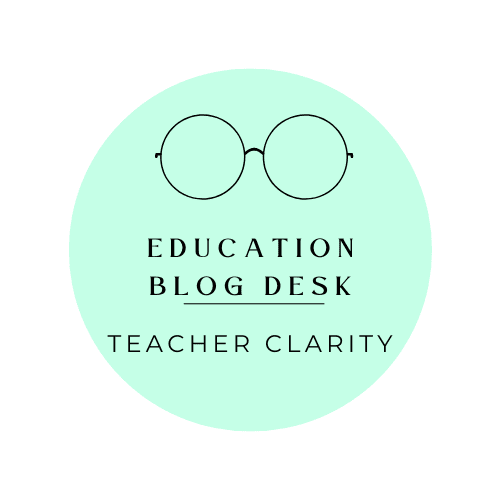Using Student Choice to Support Motivation Chase Nordengren, author of Step into Student Goal Setting book, writes ‘no matter how your classroom is designed or how much authority you exercise over students, they always retain the most important decision: the choice to engage in learning.’ It got my attention. Many educators face this dilemma of how to engage students in learning. My question is...
Powerful Learning strategies focuses on three drivers: Strategic Instruction, Authentic Engagement, and Connecting and Contributing.
